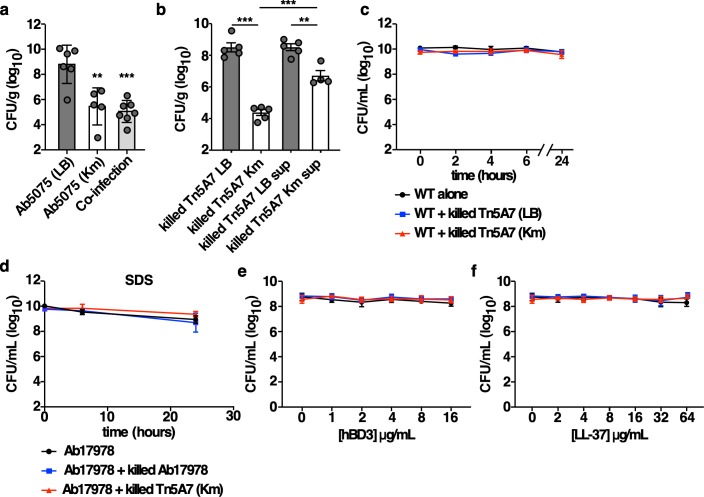Fig 3. Aminoglycoside exposure results in enhanced clearance of aminoglycoside-resistant A. baumannii.
(a) Mice were infected with Ab5075 propagated in lysogeny broth with and without kanamycin or co-infected with Ab5075 propagated in lysogeny broth mixed with killed Ab5075 propagated in lysogeny broth containing kanamycin. (b) Mice were infected with WT propagated in lysogeny broth mixed with killed Tn5A7 propagated in the presence and absence of kanamycin or the filter-sterilized supernatant of the Tn5A7 cell suspension. For panels a and b mice were challenged intranasally and bacterial burdens in the lung at 36 hpi are depicted. (c) The indicated bacterial strains were prepared in the same manner as used to infect mice and the viability of the live WT strain in the PBS suspension was assessed over time. (d) Bacteria were prepared as in (c) except that 0.01% sodium dodecyl sulfate was added to the suspension and the viability of WT was monitored over time. (d and e) Bacteria were prepared as in (c) and the indicated concentrations of human β-defensin 3 (hBD3) or LL-37 were added to the suspension and the viability of the WT strain was assessed after 90 minutes of incubation. Circles represent individual animals, columns depict the mean, and error bars show standard deviation of the mean. Means were compared with the mean of the first column unless otherwise indicated using a one-way ANOVA adjusted for multiple comparisons. CFU/g, colony forming units per gram of organ homogenate; CFU/mL, colony forming units per mL of medium; **, P<0.01; ***, P<0.001.

